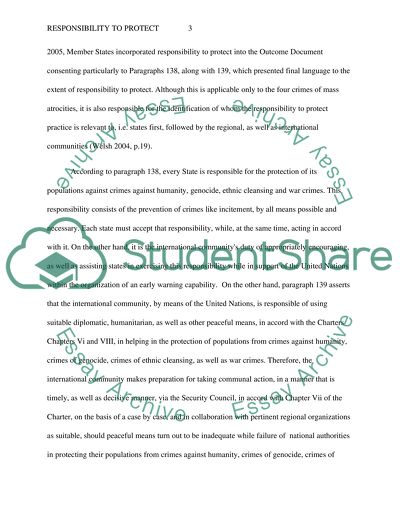Cite this document
(Responsibility to Protect and the International Community in the Research Paper, n.d.)
Responsibility to Protect and the International Community in the Research Paper. Retrieved from https://studentshare.org/politics/1449910-with-reference-to-its-failures-and-sucesses-in
Responsibility to Protect and the International Community in the Research Paper. Retrieved from https://studentshare.org/politics/1449910-with-reference-to-its-failures-and-sucesses-in
(Responsibility to Protect and the International Community in the Research Paper)
Responsibility to Protect and the International Community in the Research Paper. https://studentshare.org/politics/1449910-with-reference-to-its-failures-and-sucesses-in.
Responsibility to Protect and the International Community in the Research Paper. https://studentshare.org/politics/1449910-with-reference-to-its-failures-and-sucesses-in.
“Responsibility to Protect and the International Community in the Research Paper”, n.d. https://studentshare.org/politics/1449910-with-reference-to-its-failures-and-sucesses-in.


